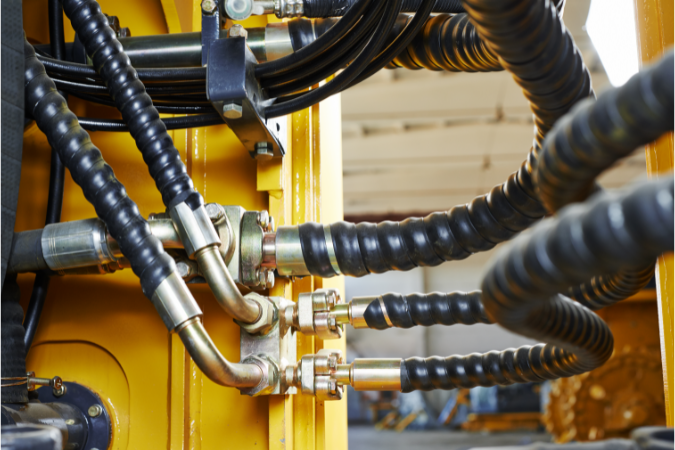Hydraulic systems have a long and rich history in commercial applications, stretching from ancient Egypt to the present day by means of mediaeval Syria and 18th century London. One of the great things about being an engineer in this field is the way it continually reinvents itself to adapt to changing demands, incorporating the best of leading-edge technologies and processes to deliver greater safety, efficiency, and productivity.

1) Power ultrasonics: High-intensity ultrasound, or power ultrasonics, is being increasingly used in various engineering fields, including fluid power systems, providing a non-invasive method for manipulating and controlling fluid flows. In hydraulic systems, power ultrasonics could be used to prevent the formation of scale in hydraulic pipes, improving the efficiency of the system.
2) Artificial intelligence and machine learning: Artificial intelligence and machine learning software has interesting applications in hydraulic design engineering and can be used to analyse large volumes of data generated by complex hydraulic systems, leading to more efficient designs and predictive maintenance schedules. AI algorithms, for example, can be used to monitor the performance of a hydraulic pump or application in real time, identifying performance patterns and anomalies that could forecast a potential failure before it happens. Aligned to this, machine learning applications can also optimise hydraulic system design by automatically adjusting parameters to maximise efficiency and avoid power wastage.
3) Metabolomics: The niche field of metabolomics, which investigates small molecules or metabolites within cells, tissues, and bio fluids, is finding interesting application in fluid mechanics applications, such as by analysing chemical reactions occurring in hydraulic fluid under different operating conditions. By understanding these reactions, engineers could be able to develop new types of hydraulic fluid that improve performance. If nothing else, this illustrates how hydraulic engineering frequently co-opts principles and analytical techniques developed in other areas of science, in this case the biological sciences.
4) Pre-aerated hydraulic jumps: Hydraulic jumps occur when air is introduced into a fluid flow before it encounters a changing gradient, such as a dam or weir in a hydroelectric system. This can reduce average flow velocity and dissipate kinetic energy as heat. Researchers are studying the effects of pre-aeration on these phenomena to understand their characteristics and potential impacts on hydraulic systems – this could lead to improved design solutions for hydraulic structures, reducing erosion and energy dissipation.
5) Cross-disciplinary partnerships: Increasingly, hydraulic engineering does not exist in a vacuum, and in modern systems there is an increasing need for partnerships across different technology sectors, especially in advanced IT areas. This trend recognises that individual manufacturers may no longer have all the necessary skills in house to develop a fully functioning hydraulic system and its supporting components, and will need to collaborate with a broader range of stakeholders and engineers to innovate and remain competitive.
High-Performance Hydraulic Solutions From Hydrastar
At Hydrastar, we supply an extensive range of hydraulic and pneumatic components to enable engineers to create innovative systems for any industrial or commercial application. For advice on choosing the parts you need or to find out more, please contact us today.


